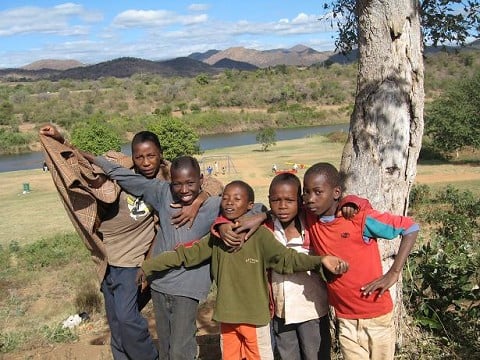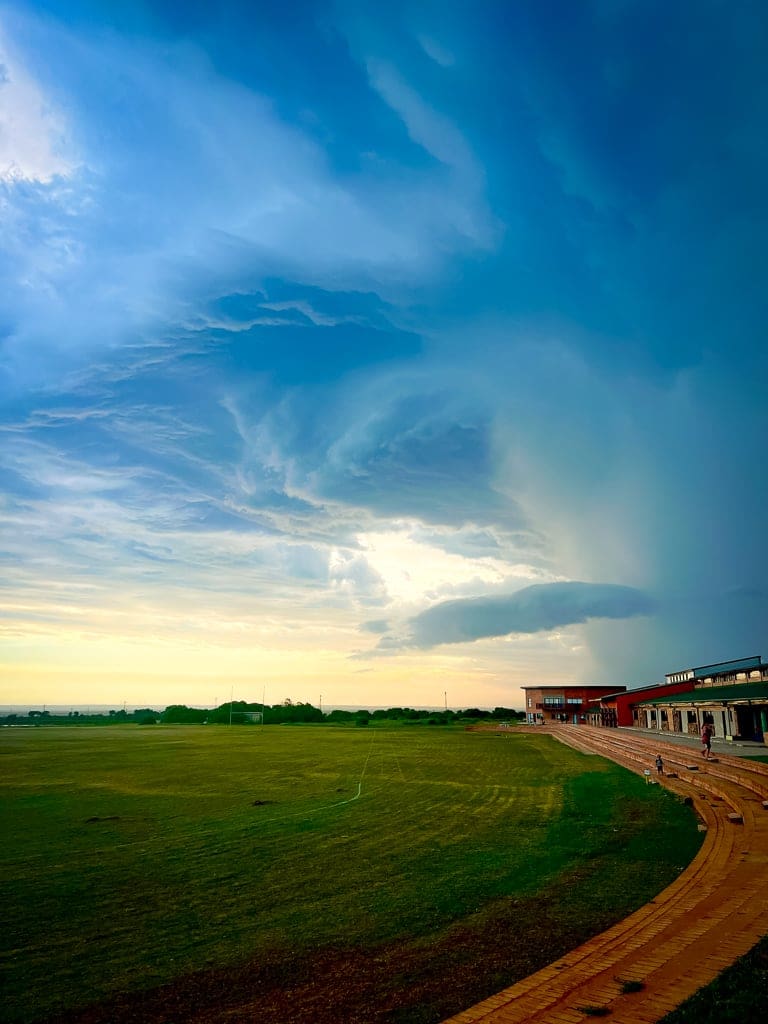
Swaziland is home to 130,000 orphans, a number that, incredibly, is growing approximately 10% a year. AIDS is killing the adults, leaving behind the children. The average age of death is 30.
Swaziland stresses cultural tradition continually. Culture allows for multiple marital partners and several children. Tradition dictates that children are cared for by the community. If a parent dies then the extended family is supposed to take them in. The problem now is that, in many cases, all the extended family members are dead.
The traditional caregiver in a family is called a "go-go" or a grandmother. It is not uncommon for a go-go to be responsible for feeding over 30 vulnerable children with no access to funds or food.
70% of the land in Swaziland is owned by the King. Land is parceled out to over 300 chiefs to care for and divide among the people. Chiefs are the traditional rulers in these divided communities.
The rural areas are still very traditional. Many Swazi people still live on homesteads and these are passed down through the family. Even Swazi people who live in the towns or cities often still have ties to a homestead which they may visit on the holidays or weekends. Swaziland is called a "Christian" country in its own constitution, but the real religion that dominates is ancestral worship. The spirit of the dead is revered above the spirit of Christ.
If parents die, the community wants the children to remain on the land to honor the dead parents. This does not mean that the children will be protected or provided for. In a sense you have an invisible orphan population. They have a roof over their head, but no source of provision. This forces many children into prostitution as a way to earn school fees (there are no free schools in Swaziland and the average school costs nearly $500 a year), food, and pocket money.
The situation worsens on a daily basis. Drought, poor water supply, lack of electricity, high unemployment and so many more factors compound the problem. The average Swazi income is $21 a month.
Will the church sit by and watch, or will we heed a call to action? A good place to start is by helping go-gos provide for the children in their care by buying the handicrafts some of them make. Here's a simple way to begin helping - buy a purse for $18 and the profits will enable a go-go to feed an orphan in her care for a month. Or, if you're in the Atlanta area, join us tomorrow (Sunday) night for a party benefiting the orphans. More info here.







